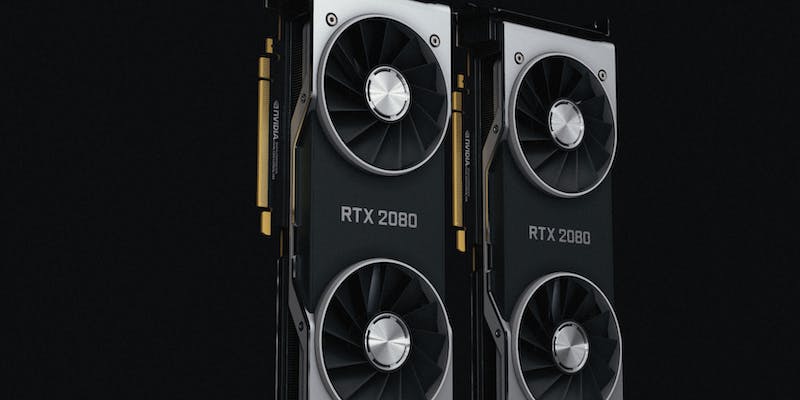AMD has made significant strides in enabling further support for its highly anticipated next-generation RDNA 4 “GFX12” GPUs in the Linux ecosystem. As Team Red prepares for the launch of its RDNA 4 GPU lineup, ramping up Linux compatibility has become a priority for the company. In recent developments, new patches for the AMDGPU LLVM shader compiler have been released, showcasing AMD’s commitment to delivering a seamless experience for Linux users.
Delay in Linux support
When it comes to next-gen GPU support on Linux, AMD had been perceived as falling behind its competitors. However, the tide seems to be turning as the company accelerates its efforts to catch up. While the initial support may have been slower than some had hoped, AMD is determined to bridge the gap and ensure a smooth transition for Linux users looking forward to leveraging the capabilities of RDNA 4 GPUs.
Patches for “GFX12”
The arrival of a new set of patches for “GFX12” on the AMDGPU LLVM compiler represents a significant step in enhancing Linux support. These patches focus on providing support for traditional instructions, updating existing hardware registers, and addressing various pull requests for “GFX12.” While they may not carry any groundbreaking updates, they lay the foundation for a robust and reliable Linux experience for AMD users.
What is the timeline for RDNA 4?
Although enthusiasts eagerly anticipate the RDNA 4 GPU lineup, the official launch is still approximately a year away. This timeframe offers an opportunity to observe and appreciate the periodic changes being made to the AMDGPU driver on Linux. AMD’s commitment to refining their graphics driver highlights their dedication to delivering a high-performing and stable Linux environment for their users.
AMD’s driver development
Today’s update highlights the intriguing steps AMD is taking to shape their graphics driver on Linux. The early support for next-gen architectures suggests the company’s intention to offer strong competition to open-source alternatives. One advantage that AMD has in this regard is the ability to provide support for future architectures, a move exclusive to the manufacturer. This puts AMD in a favorable position to lead the way in delivering an optimized and feature-rich experience for Linux users.
Implications for RDNA 4 release
As AMD prepares for the release of RDNA 4 GPUs, the current state of their Linux graphics driver becomes a topic of interest. With the ongoing efforts to improve Linux support, it is conceivable that AMD’s driver will be in excellent shape once the RDNA 4 GPUs are officially launched. While the wait may feel lengthy, it is crucial to acknowledge the complex nature of driver development and the time required to ensure compatibility and stability.
AMD’s move to enhance Linux support for their upcoming RDNA 4 “GFX12” GPU lineup is a significant development in the graphics architecture landscape. The company’s commitment to bridging the support gap, evidenced by the recent patches for the AMDGPU LLVM shader compiler, shows their determination to provide an excellent Linux experience. With anticipation building for the official release of RDNA 4 GPUs, AMD’s continuous efforts to refine their Linux graphics driver are setting the stage for a seamless and high-performance user experience. Linux enthusiasts using AMD hardware can eagerly look forward to the advancements and enhancements that lie ahead.

